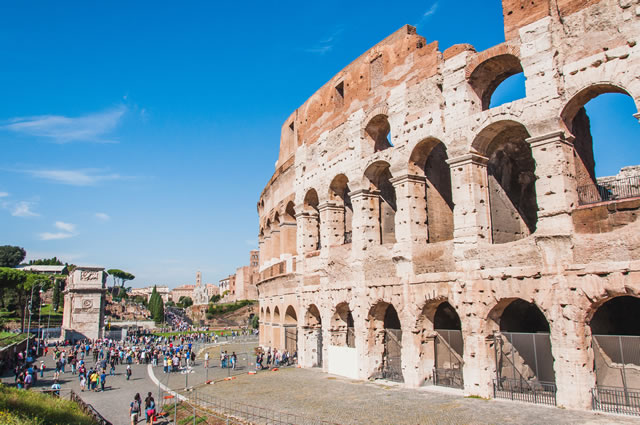 The History of Concrete
The History of Concrete
The history of concrete dates back to ancient civilizations, such as the Romans and the Egyptians, who used a primitive form of concrete made from lime and sand. This type of concrete was used to construct buildings, roads, and other structures that are still standing today.
The oldest known concrete structure is the ancient city of Baalbek in Lebanon, which was built around 6500 BCE. The city is known for its massive stone structures, including the Temple of Jupiter, which is made of concrete blocks that weigh up to 1,000 tons.
Other ancient concrete structures include the Great Wall of China, the Pantheon in Rome, and the Colosseum in Rome. These structures demonstrate the durability and longevity of concrete, as they have stood for thousands of years.
In these early civilizations, concrete was made from a mixture of lime, sand, and water, which was used to construct buildings, roads, and other structures. However, the concrete of this era was not as strong or durable as modern concrete, and it was prone to cracking and crumbling over time.
Over time, the composition and production of concrete have evolved, with the introduction of new materials and techniques. In the 19th century, Portland cement was developed, which greatly improved the strength and durability of concrete. In the 20th century, advances in technology allowed for the creation of reinforced concrete, which added additional strength and versatility to the material.
In the 19th and 20th centuries, the development of reinforced concrete, which combines concrete with steel reinforcement, revolutionized the construction industry. This allowed for the construction of taller and more complex structures, such as skyscrapers and bridges.
Today, concrete is one of the most widely used construction materials in the world, with applications in residential, commercial, and industrial settings. It continues to evolve and improve, with new innovations and technologies being developed to enhance its performance and sustainability. It continues to evolve and improve, with new technologies and techniques being developed to make it even stronger, more durable, and more versatile.
What are some commercial applications for poured concrete?
Poured concrete is commonly used in commercial applications for its durability, versatility, and cost-effectiveness. Some examples of commercial applications for poured concrete include:
- Parking lots and garages
- Roadways and sidewalks
- Warehouse and factory floors
- Retaining walls and foundations
- Bridges and other structures
- Landscaping and outdoor features
- Drainage systems and underground pipes.
- Building foundations and basements.
What are some residential applications for poured concrete?
Poured concrete is a popular choice for residential applications due to its durability, versatility, and cost-effectiveness. Some examples of residential applications for poured concrete include:
- Driveways and walkways
- Patios and outdoor living spaces
- Retaining walls and foundations
- Basement floors and walls
- Garage floors
- Pool decks and surrounds
- Landscaping and outdoor features
- Drainage systems and underground pipes.
Why Hire Flat Rock Construction for Your Residential or Commercial Concrete Project?
We are a family-owned business with over 30 years of experience pouring concrete driveways across Oakland and Macomb counties. Our crews are professional and experienced in pouring commercial and residential concrete projects. If you are searching for a residential or commercial concrete contractor that has plenty of experience pouring concrete in Oakland Township, give us a call today! We can be reached at 248-379-0250.